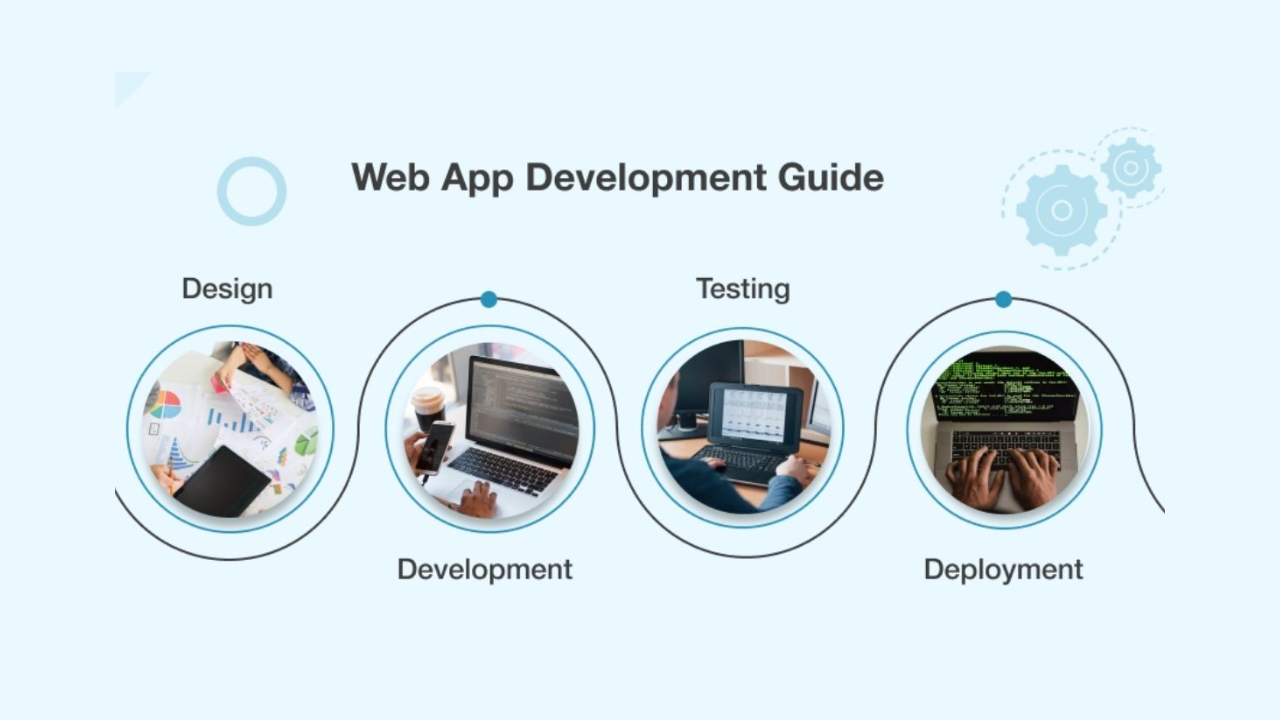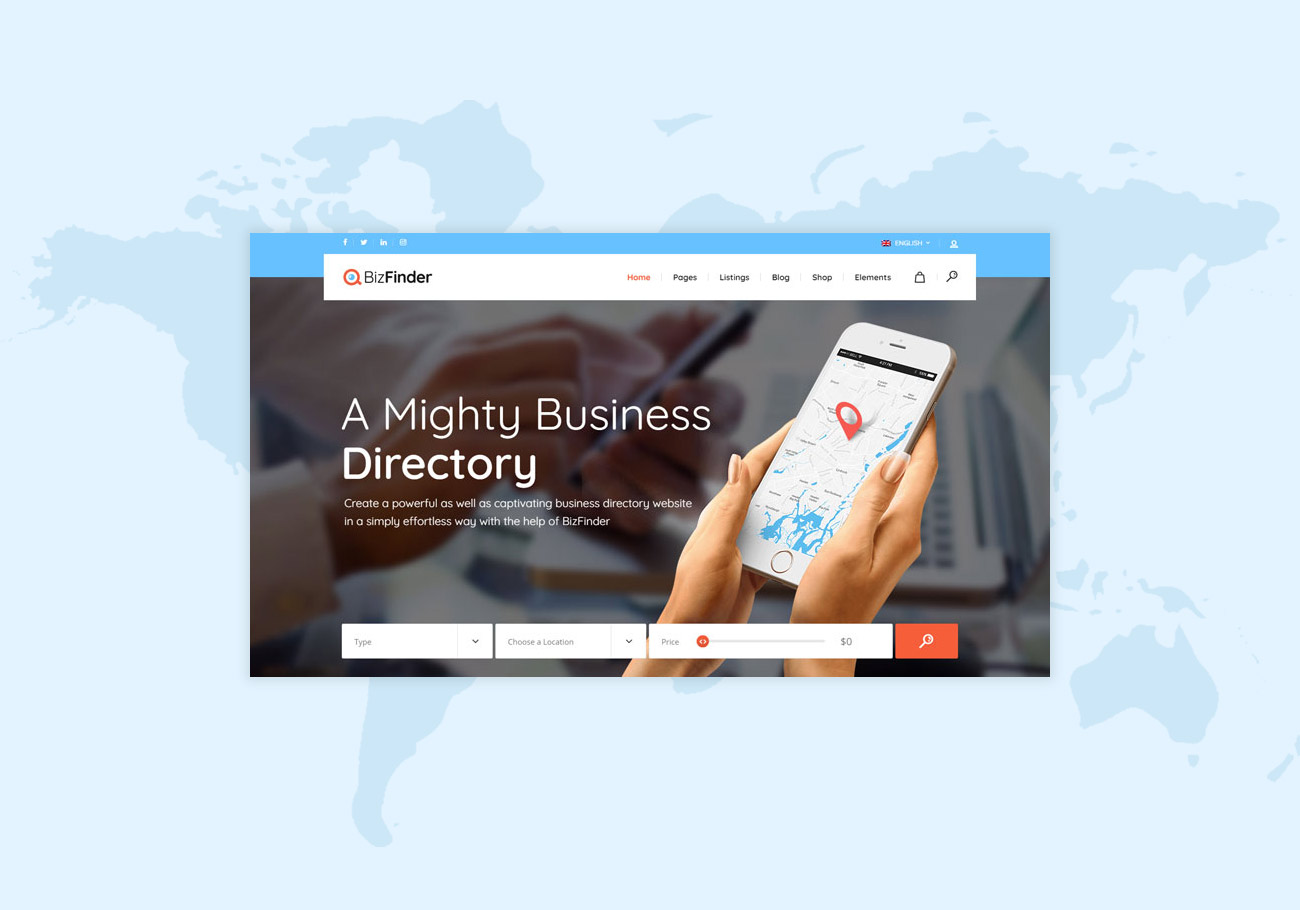B2B integration, or business-to-business integration, refers to the exchange of electronic business documents and information between different organizations in a standardized and automated manner. This process streamlines communication and transactions between businesses, improving efficiency and reducing errors. Below is a comprehensive guide to B2B integration:
1. Understanding B2B Integration:
- Definition: B2B integration involves the electronic exchange of business documents like invoices, purchase orders, and shipping notices between trading partners.
- Objectives: Improve efficiency, reduce manual errors, enhance collaboration, and streamline business processes.
2. Key Components of B2B Integration:
- Data Standards: Ensure that both parties adhere to common data standards such as EDI (Electronic Data Interchange), XML, or JSON.
- Communication Protocols: Choose secure and reliable protocols for data transmission, such as AS2, SFTP, or HTTPS.
- Data Mapping: Create mappings between internal data formats and the agreed-upon standards for seamless information exchange.
3. B2B Integration Technologies:
- EDI (Electronic Data Interchange): A well-established standard for exchanging structured business data.
- APIs (Application Programming Interfaces): Modern approach for real-time integration between diverse systems.
- Web Services: XML and SOAP or RESTful APIs facilitate web-based B2B integration.
- Integration Platforms: Specialized tools to automate and manage B2B processes.
4. Benefits of B2B Integration:
- Efficiency: Streamline business processes, reduce manual intervention, and accelerate data exchange.
- Accuracy: Minimize errors associated with manual data entry and document processing.
- Cost Savings: Cut down on paper-based processes, postage, and labor costs.
- Enhanced Visibility: Gain real-time insights into the status of transactions and supply chain activities.
5. Challenges in B2B Integration:
- Diversity in Standards: Different industries may use different standards, requiring adaptation.
- Security Concerns: Protect sensitive business data during transmission and storage.
- Integration Complexity: Connecting diverse systems and ensuring seamless data flow can be challenging.
6. B2B Integration Best Practices:
- Define Clear Processes: Clearly define and document business processes to ensure smooth integration.
- Security Measures: Implement encryption, secure communication protocols, and access controls.
- Testing and Validation: Regularly test and validate B2B integrations to identify and address issues promptly.
- Collaboration: Foster strong communication and collaboration between business and IT teams.
7. Selecting B2B Integration Solutions:
- Scalability: Choose solutions that can scale with your business growth.
- Flexibility: Select tools that can accommodate various data formats and standards.
- Compliance: Ensure the chosen solution complies with industry regulations and standards.
8. Future Trends in B2B Integration:
- Blockchain Integration: Increasing use of blockchain for secure and transparent transactions.
- AI and Machine Learning: Utilizing advanced technologies for predictive analysis and decision-making.
- Cloud-Based Solutions: Growing adoption of cloud-based B2B integration platforms.
9. Case Studies and Success Stories:
- Explore real-world examples of businesses successfully implementing B2B integration for inspiration and insights.
10. Implementation Roadmap:
- Develop a step-by-step plan for implementing B2B integration within your organization, including pilot programs and gradual scaling.
In conclusion, B2B integration is a critical aspect of modern business operations, enabling organizations to exchange information seamlessly, reduce operational costs, and enhance overall efficiency. Embracing the right technologies and best practices is key to a successful B2B integration strategy.










